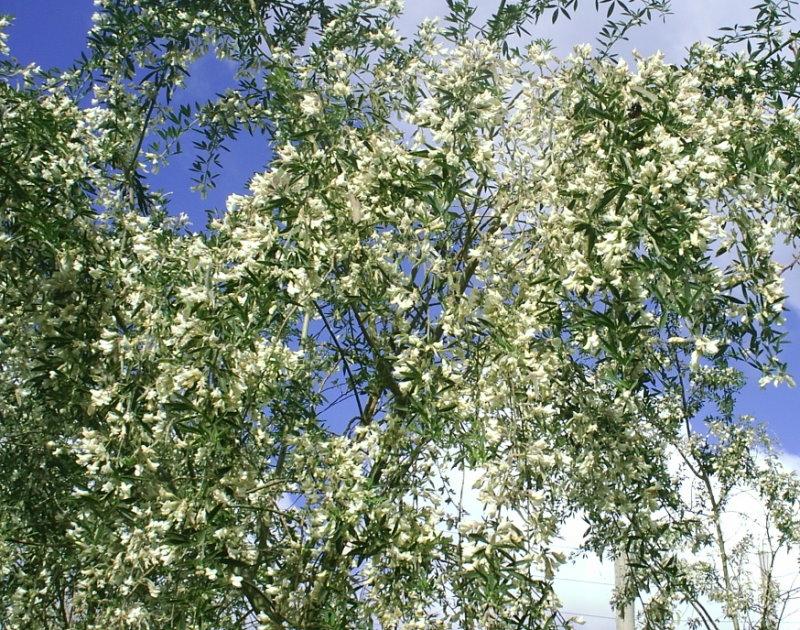
Growing tree lucerne (tagasaste)
Tagasaste, also known as tree lucerne, is a hardy perennial shrub that offers excellent value on the lifestyle block. It provides high-quality feed for livestock, shelter from the wind, and even firewood if needed. In regions with mild, temperate climates, it can play a valuable role in both forage systems and erosion control.
Growth Habits and Soil Preference
Tree lucerne grows up to 5 metres tall and almost as wide, with long, drooping branches and dull blue-green trifoliate leaves. Its deep root system can reach 8 metres, making it tolerant of dry conditions once established.
White flowers appear in late winter to early spring, followed by clusters of black seedpods. The plant prefers deep, free-draining soils and does not tolerate waterlogging. In suitable conditions, it can produce up to 10 tonnes per hectare of edible leaf and fine stem each year.
Establishment and Planting Tips
Tree lucerne is usually planted as young rooted seedlings, although it can also be grown from seed. However, the seed often has low germination rates unless treated. To break dormancy, drop the seeds briefly into boiling water, then remove immediately. Inoculation is also important, though using local topsoil at planting often works well, as tree lucerne tends to reseed itself in some regions.
To reduce soil erosion, grow pasture between rows while the trees establish. For a productive layout, plant rows 6 to 10 metres apart and space individual plants 2 metres apart within each row. Paddock corners are ideal locations for additional browse.
Managing Young Plants
You can begin grazing or trimming tree lucerne once it reaches 25 cm high or is at least one year old. Early trimming encourages a multi-stemmed habit that resists grazing pressure. Insect pests are a common issue in the first year, so monitor regularly and treat if needed.
Wild animals like rabbits and hares may damage young plants. Use tree guards, fencing, or repellents during establishment. You can also inter-crop or cut hay between rows in the early years to keep the understorey manageable and productive.

